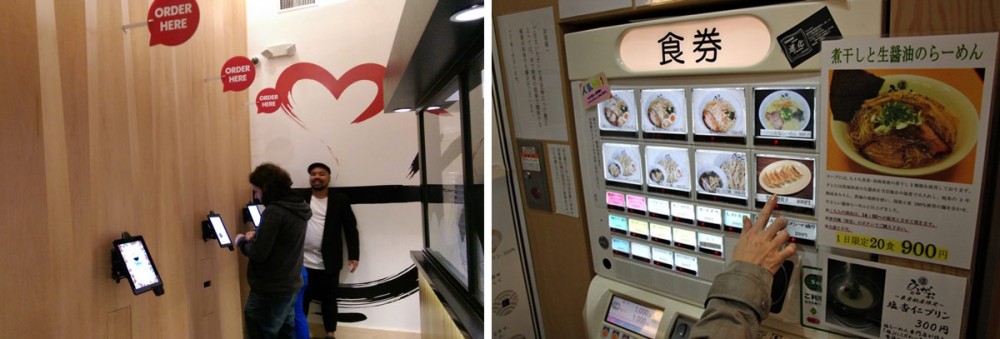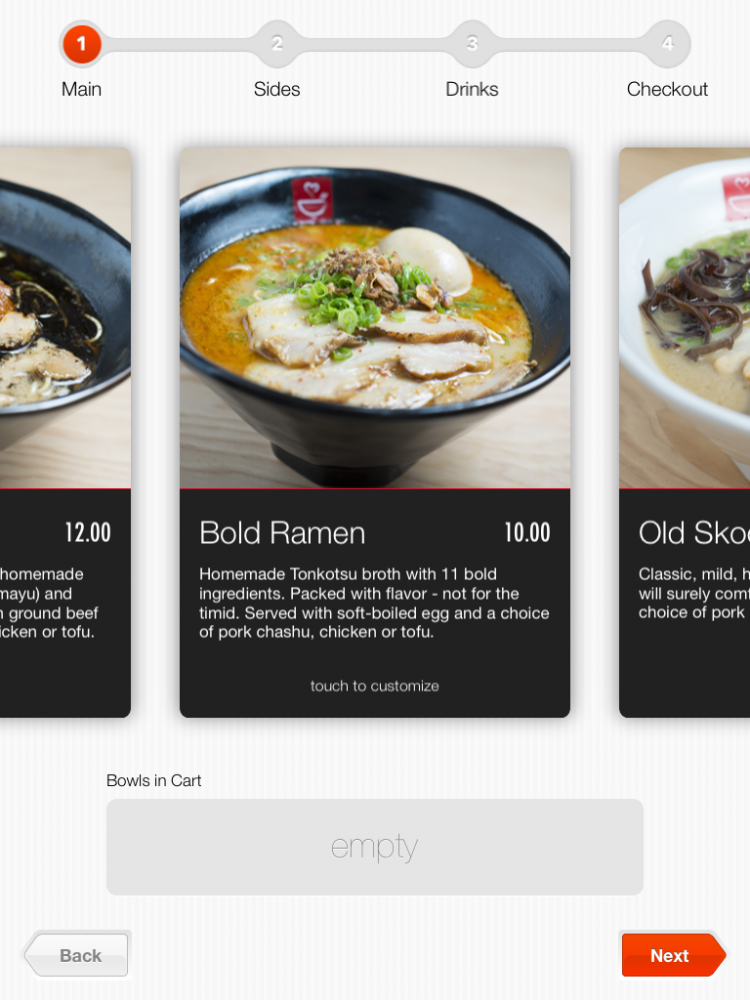When visiting a restaurant we have certain expectations: We expect to leave the restaurant with a belly filled with yummy food and to have a pleasant experience.
While the level of pleasantry and how we define pleasant will depend on the type of restaurant we visit, the experience must live up to, or even exceeds expectations. The product (in this case the quality of food) and our experience play a nearly equal role in the decision if we return to the restaurant. If either stink, it is unlikely that we will be back. You could argue that the experience is even more important than the product itself:
Experiencing the most amazing meal ever had in an environment that made you feel uncomfortable, will make a return visit unlikely. However, a meal can be anything from okay-ish to excellent, if the experience was amazing and made you feel comfortable you will be back more often.
After all, we are social animals, and when it comes to food the social aspect plays a crucial role (Google it. There are many scientific papers on the subject).
My restaurant experience summed up
- The Tasu Ramen product is a delicious, authentic ramen restaurant, that serves healthy and balanced meals (even for vegetarians and vegans).
- I experienced a young and passionate business that caters to a young urban clientele, with friendly staff and owners that care about their employees.
Is this all the case? No idea! But it was #myexperience,
the impression I left with and the reason why I would return.
Inhaltsverzeichnis:
What shaped my experience

On a rare overcast and chilly Los Angeles day all I wanted when entering Tatsu Ramen was a warming bowl of delicious ramen. The place is hard to miss while heading down Melrose Avenue, especially if you love ramen, bold design and the colour black. I very much enjoyed the ramen, but what excited me the most was the setup and user experience in the restaurant.
#1 Setting the mood
The entrance to the restaurant is lined with bamboo. While I have never been to Japan I have been to China. Walking through a bamboo forest is one of my favourite China travel memories. While the restaurant entry setup is not as impressive as the giant Chinese forests, there is something about the fresh green colours, the shade that bamboo throws and its movement in the wind that set a relaxing mood when walking in.
#2 Authenticity

When entering the visitor is not greeted by friendly staff but by a row of digital displays lined up on the wall. The tablets help you place your order: a clever bow to the order process of traditional ramen shops in Japan.
#3 Humour
The ordering process is four easy steps, which managed to put a smile on my face. The visitor swipes through a list of ramen broths that can be selected and customized. The application is easy to use with a clean design. As in Japan, every dish is displayed with images, even the sides. The wording was spot-on, and my highlight: charming, brief and friendly lingo, on point with the target group.
Another humorous contact point is the ramen bowls themselves. Each bowl has two messages for the visitor. One is visible in full bowls, at the beginning of the meal and encourages you to start enjoying your ramen. The other message is at the bottom of the bowl and includes cheeky sentences such as „No, we cannot give you the recipe“.
William Khoe, who created the app in collaboration with Tatsu Ramen was nice enough to send me a few screenshots. Thanks for that!


#4 Humaneness

The guests dine at large, sociable tables that fit several people. Private tables are scarce but available. Condiment stations are available at each table and include fresh garlic, sesame, nori, and anything guests could wish for to enjoy their ramen to their individual preferences. The number of images on Yelp of these condiment stations shows that the guests appreciate this gesture. The staff is not – as so often in the US service industry – clingy or overly attentive but friendly and available if needed. My impression of this setting was, that it felt very human – catering to many different types of people.
#5 Showing personality
The more time spent in the establishment, the more I was interested in who the people were behind this place. I wanted to know if this place was what it felt like: an owner-operated location built on the blood, sweat, and tears of a passionate founder. When visiting the restrooms I found the story I was looking for hanging from the walls in the shape of a comic strip:

I did not read up on the actual story if the founder Ryu had taken the described journey. But that is not the point. The personal back-story was the encore to an already enjoyable story and journey.
#6 Caring leadership
When exiting the restaurant, the customer passes the last humorous display: the Tastu Ramen digital tip jar (displayed on a tablet). The cheeky sentences on the digital tip jar change every few minutes and nudge the customer towards a tip by being so charming that tipping becomes delightful. While the idea is not new, the difference is that the tip jars on pages such as funnytipjars.com are most likely created by employees, while Tastu Ramen’s tip jar came from management. The visitor leaves the restaurant with the impression that management cares enough about their staff to make this for them.

Tatsu Ramen shows what a little love and much thought can achieve when it comes to a delightful restaurant experience. It shows the impact user or customer experience can have on customer trust and loyalty.





